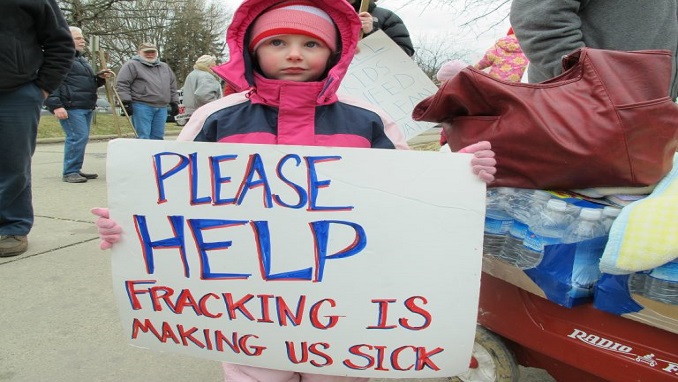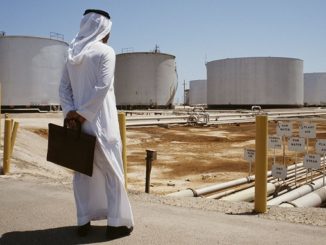
A new study published in Environmental Health Perspectives on Wednesday has found that children in Pennsylvania living near fracking sites at birth are exposed to two to three times higher risk of leukemia during early childhood than children who did not live near such facilities.
On top of potential threats to residents posed by the unconventional oil and gas development, such as wastewater spills or water contamination from the drilling process and air pollution from vehicle emissions and construction, this study explored the connection between the proximity of hydraulic fracturing (or fracking) and the development of cancer.
Scientists have previously reported that during the water injection process that occurs during fracking, hundreds of chemicals have reportedly been used, including some with known or suspected cancer links though there are scarce data on the association between fracking and childhood cancer.
Nicole Deziel, an associate professor of epidemiology at the Yale School of Public Health, notes that the possibility that children living near fracking sites are exposed to such chemical carcinogens is now a major public health concern.
According to the study, Deziel and her team conducted based on patient registries, 405 children in Pennsylvania aged 2-7 were diagnosed with acute lymphoblastic leukemia (ALL) between 2009 and 2017.
The link between in-utero exposure and childhood leukemia diagnosis was probed in two different exposure windows: the so-called “primary window” of three months preconception to one year prior to diagnosis and the “perinatal window” of preconception to birth.
The probe established that children living in an area with at least one fracking well within 2 km during the primary window had 1.98 times the odds of developing ALL in comparison to those with no such wells. The risk increased to 2.8 times when children lived with at least one fracking well within 2 km during the perinatal window.




Be the first to comment